I and my husband did our first mountain trek at the end of May this year. We were very happy and excited because we were doing our first trek together. After giving a good thought over the availability of time, total distance to be travelled and trekking hours per day, we decided for ‘Har ki Doon‘ (or Har ki Dun) mountain trek in Uttrakhand, India. However, we got to know later that it was still a tough choice for the beginners, given the distance (56 km) and height (11768 ft) which we covered in five days.
We selected a guide through snowball referencing and carefully went through the itinerary. To make it a perfect trekking experience, we even did a special shopping spell to ensure that we had all the relevant stuff that was mentioned in the list of required things, be it fleece, lightweight towels, trekking shoes, hats, poncho, hand torch and so on. Specific attention was given to the weather history in ‘Har ki doon’ during May-June.
We also went through various online articles to be mentally and materially prepared for the trek. I did not mention ‘physically’ because even after knowing that physical exercise was important I did not do enough of it. I suggest my readers not to skip exercise like I did. However, things that I want to mention here are generally not mentioned in posts that you would find online about mountain trekking. These are the things that we learned from our own experience and wished we knew earlier. Let’s discuss these small yet important things that you should know before doing your first mountain trek.
Say No! to New Shoes
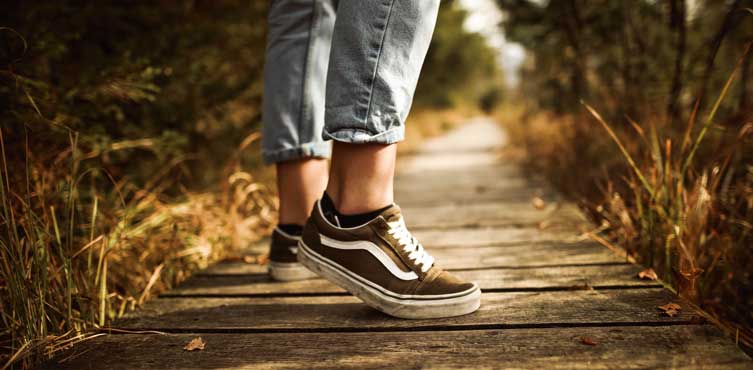
Your shoes are perhaps the most important gear you have to take care of before starting your trek. It is certainly not a good idea to buy trekking shoes just before the trek. New shoes are likely to bite. Also, you don’t know the comfort level you would have with your new pair. I was also suggested that one should buy a half size bigger trekking shoes because our feet swell due to continuous trekking. Hence, it might be difficult to go further with the regular shoe size. I did this mistake and had a hard time walking with shoe bites. Nevertheless, I love my new pair 🙂
Walk Slowly and Steadily
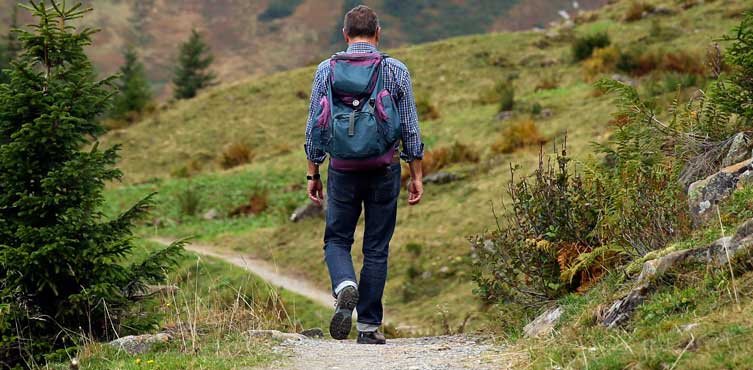
It is important to walk slowly and steadily. One should avoid sweating. You also have to manage between constantly changing temperature, wind speed, and sporadic rains. You also take into mind the kind of terrain you are walking upon. If it’s steep, you are suggested not to climb fast because your body also needs time to adapt to the changing altitude. It is also not a bad idea to take small intervals. During these you can eat something and also appreciate the nature.
Food is Important
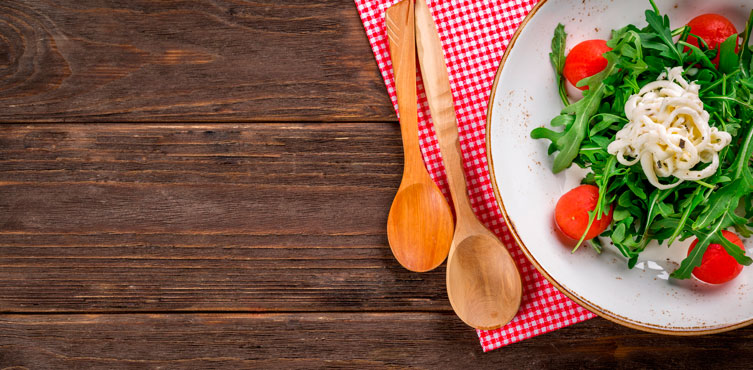
When you climb to the height of mountains, you tend to not feel like eating because of high altitude. Since you need a regular supply of energy, it is important to eat something on constant intervals. One should also eat light and healthy; avoid fried and acidic food. It is best to carry with you a small box of dry fruits that you keep on munching throughout the day.
Carry your Medicine Box
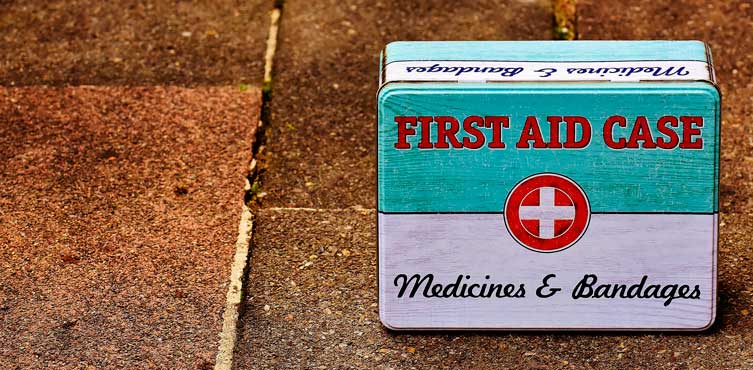
You must have heard about mountain sickness but you would generally imagine it in terms of a headache and dizziness. What you might not know is that mountain sickness also contributes in making you feel extremely tired and experiencing ear pain and upset stomach. You may face digestion problem and continuous burping. To deal with this, it is important to carry your medicine box with all the relevant medicines after consulting with a doctor.
Water – Keep on Sipping Regularly
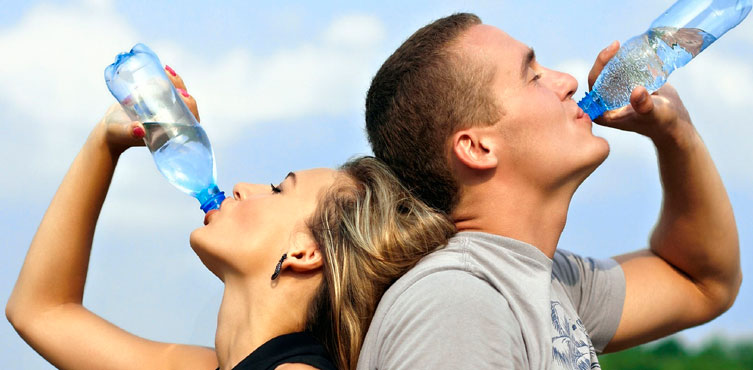
‘Jal Jeevan hai’ (water is life). It is important to carry enough water with you to keep on sipping regularly. You can mix a sachet of Enerzal or such thing in your water bottle. It will save you from getting dehydrated and will also be beneficial for your stomach.
Know Your Knee Strength
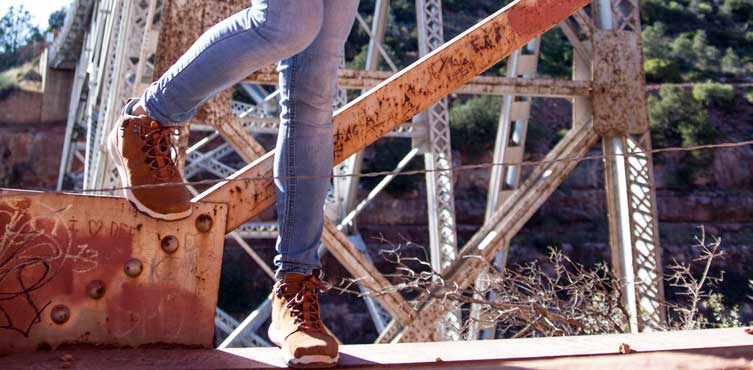
When we think of trekking we generally relate it to our ability to walk and climb. What is additionally important is our knee health. You might have noticed people saying that it takes more effort when you climb down. It is when your knee is tested the most. It is very important to have healthy knees to survive the trek. Otherwise, you might face swelling and pain around the knees which can make life slightly difficult even after the trek. You have to take special care if you have bow legs or knock knees.
Avoid Regular Face Wash

The more we go to the heights, the clearer the sky is. There is less pollution and sun can also reach us better. Sun rays in the mountains are harsh and can cause sunburns. Some people even get blisters due to the sun. One obvious solution to avoid this is sunscreen. The other way to avoid sunburn is by not washing or cleaning your face (and exposed area) again and again. It’s good to keep your pores closed.
Mule Rule
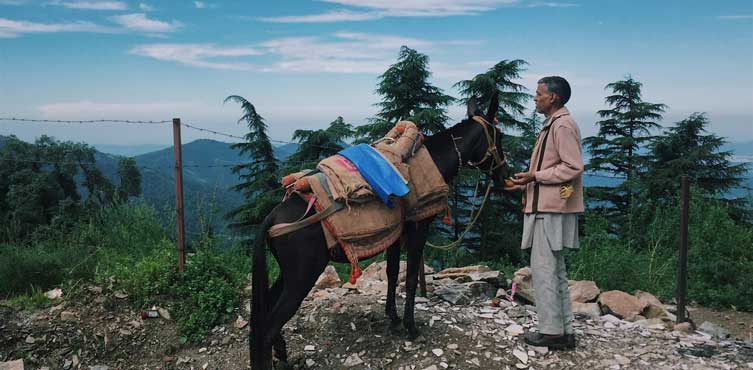
It is a common sight in a mountain trek to see mules carrying your stuff (tents, food, and luggage etc). In some areas, mules have a separate route but sometimes the routes clash. It is not a problem when the road is broad, but in mountains, you will come across ways that are as narrow as two feet. Therefore, in situations when mules have to cross you, find a place to be aside. Also, never stand or sit on the side of the valley to avoid falling down.
Remain Lightweight
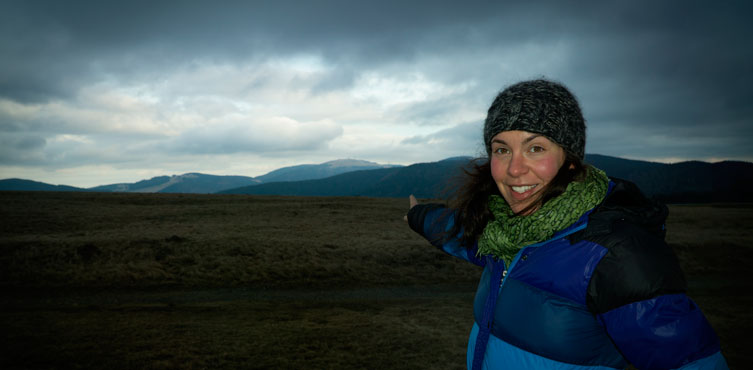
It is important to not hold many things and wear smart (warm yet light) clothes because it will affect your speed and stamina in the long run. It is specifically important to be lightweight if you are carrying your stuff yourself and not through porters. My suggestion is to carry less and lightweight stuff in the first place, no matter who is going to carry it.
Things to Carry on Your Mountain Trek
- Torch
- Trek pants
- T-shirts
- Fleece
- Jacket
- Windcheater
- Socks (cotton and woolen)
- Gloves
- Woolen cap/muffler
- Trek shoes
- Camp slippers
- Poncho/raincoat
- Water bottle
- First aid (medicine) box
- Sunscreen
- Toilet paper
- Soap
- Dry fruits
Your list of things also depends on the climate of your selected mountain range. We selected a colder and rainy mountain range where the temperature ranged from 2 to 10 degree Celsius. You can check out the story and pictures of our trek here.
I hope this post has helped you to make a better plan for your first mountain trek. Please post your queries and feedback in the comments section below. I would also love to hear your experiences and learning from your first (and proceeding) mountain treks that you have done in any part of the world.
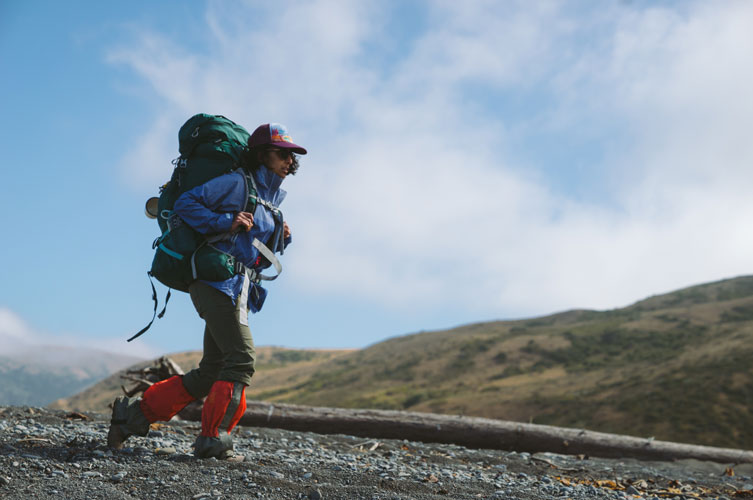

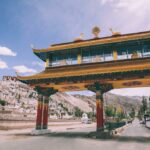


Thanks for the mountain climbing ideas